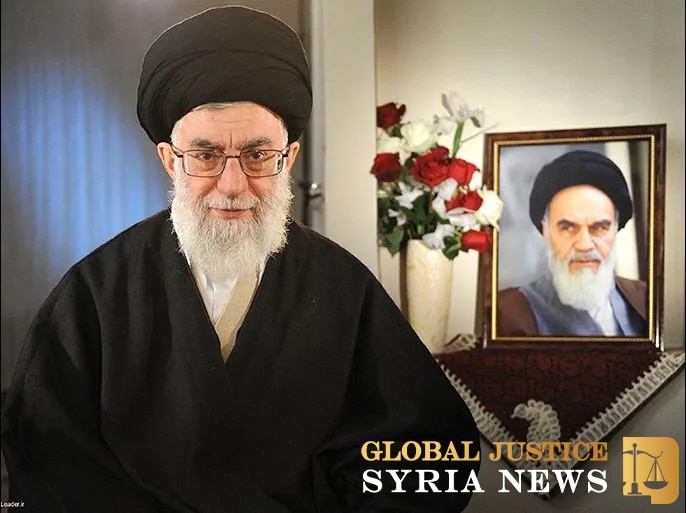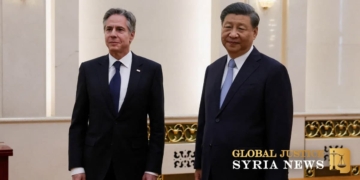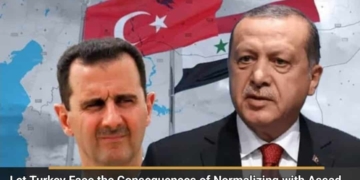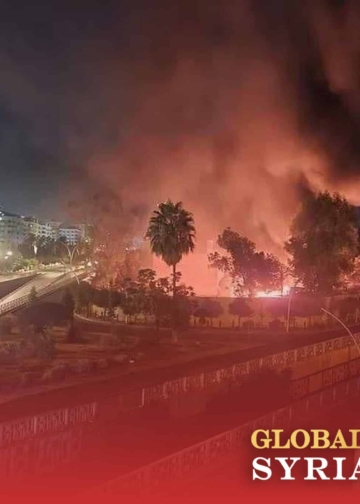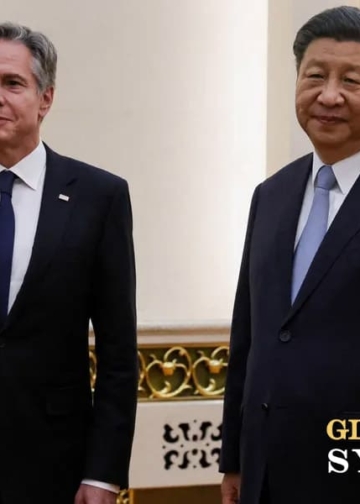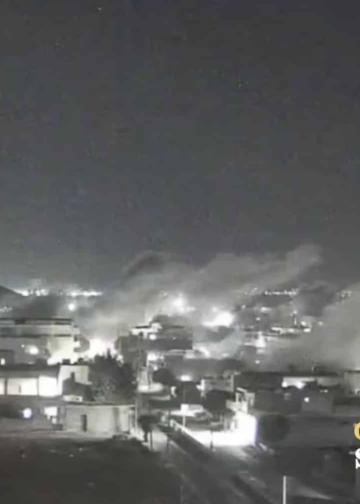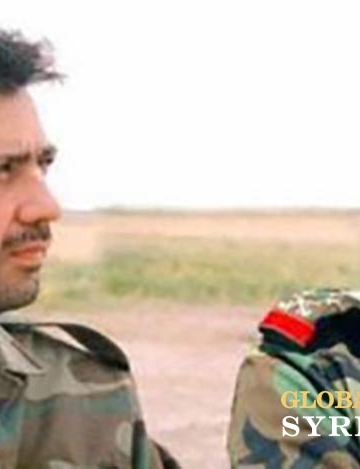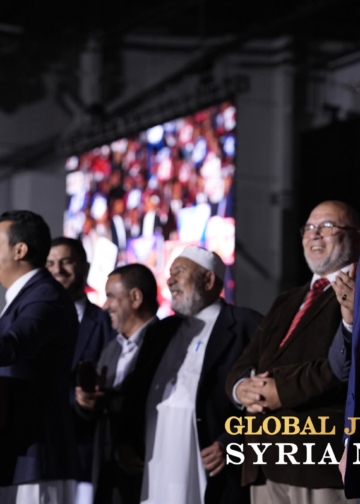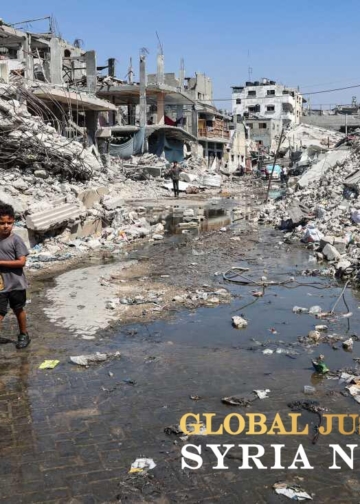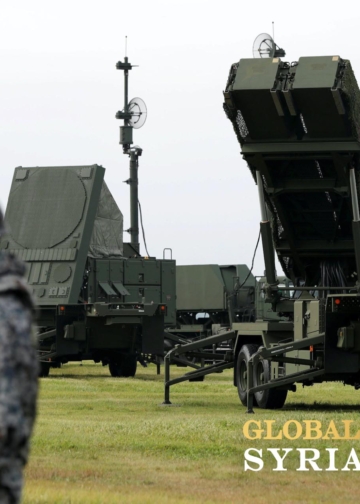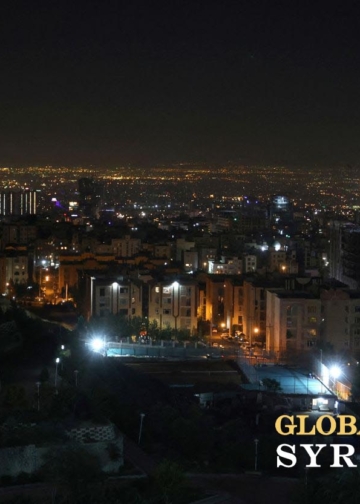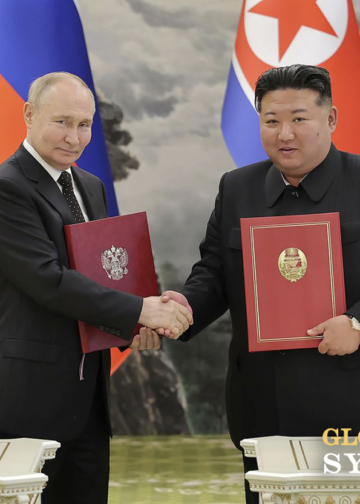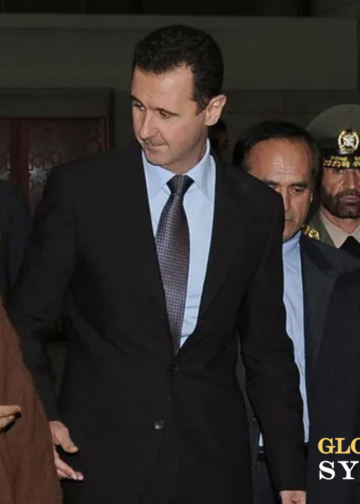“Iran is Israel’s close friend, so we must maintain this friendship,” says Trita Parsi. “You won’t believe this, but these were the words of an Israeli Prime Minister, not Ben Gurion or Golda Meir during the Shah’s era, but Yitzhak Rabin, and the Iranian ruler at the time was Ahmadinejad.”
All the war drums you hear between Israel and Iran, Tehran’s talk of wiping Israel off the map, and the expected Israeli strike against Iran at any moment are all contrary to the truth, according to Parsi. He begins by analyzing these relations and confirming their strong ties, starting from the popular relationship that connected the Iranian people and Jews in 359 B.C. when King Cyrus of Persia freed the Jews from Babylonian rule. A third of the Jewish community remained in Babylon, becoming the Jews of Iraq, another third migrated to Iran, becoming today’s Iranian Jews, with about twenty-five thousand still not having emigrated to Israel, making them the largest Jewish community in the East now, apart from Israel itself. The remaining third returned to Palestine to rebuild Solomon’s Temple with the revenues from Iranian taxes.
In modern times, the past decades have seen high-level intelligence and security cooperation between Tehran and Tel Aviv, stemming from the realization that the same hostile threats existed. Both countries feared the Soviet Union, Iraq, Egypt, and the Gulf states. Additionally, Israeli policy believed that its security would be achieved if it allied with non-Arab states nearby and afar. The Shah tried to keep this alliance as secret as possible. Rabin was received in Tehran in the 1970s wearing a wig to avoid recognition, and the Iranians built a runway away from Tehran’s official airport, a private airport for the many Israeli planes landing in Iran from Tel Aviv and heading there.
After Khomeini’s arrival
Despite Iran’s strong political and ideological declaration of hostility towards Israel and the change of the Israeli embassy’s name to the Palestinian flag, Trita Parsi sees that geopolitical logic continued to govern the relationship between the two countries due to the same ongoing threats. With the outbreak of the Iran-Iraq war and the advancement of the Iraqi army, Israel feared an Iraqi victory, so it began providing aid to Khomeini’s army, supplying spare parts to sustain the war, and American weapons from the “Great Satan,” as Khomeini called them, after the U.S. had imposed an arms embargo on Tehran.
Israel pressured the U.S., according to Parsi, to open a political bridge with the new Iran, providing Iran with military technology, saying that the anti-Western and anti-Israel ideology announced by the Islamic regime of mullahs was no problem, reaching its peak in the Iran-Contra scandal in the 1980s.
World Changes
With the collapse of the Soviet Union and the end of the Cold War, “the cold peace between Iran and Israel ended” as their shared threats disappeared. A new environment in the region provided both countries with a strong sense of security, but a non-strong Iraq could disrupt the regional balance of power. Parsi believes that the “dynamic current” linking Iran and Israel dates back to the pre-1979 era when Israel and Iran represented the region’s two strongest powers, but this situation changed in the 1990s. An internal movement in Israel began to call for isolating Iran and keeping it in isolation.
Parsi revealed a historical relationship between Iran and Israel through numerous secret documents, interviews, and analyses conducted with more than 130 American, Israeli, and Iranian figures.
After the Gulf War
The Iranians believed they would be rewarded and become part of the region’s “security architecture,” supervised directly by Israel and the U.S., for helping the U.S. and coalition forces strike Iraq in 1991. However, the U.S. did not respond to Iran’s closeness. Beginning in 1993-1994, Iran began turning its anti-Israel rhetoric into practical steps, believing that the U.S. would continue to isolate it further regardless of its actions. Hence, Iranian strategists saw that the best way to pressure the U.S. was through “imposing a cost,” and the peace process would be the exchange platform by weakening, loosening, or stressing it. Iran began supplying Palestinian organizations with weapons to threaten Israel. Parsi cites Martin Indyk, saying the Iranians understood the lesson correctly: achieving peace between Palestinians and Israelis would lead to more Iranian isolation, while Washington believed that increasing Iran’s isolation would help achieve peace, necessitating further isolating Iran to achieve Israeli security and peace.
In this strange conflict, communication continued between the three countries. After Benjamin Netanyahu’s election in 1996, he attempted to contact the Iranians to restore what Parsi described as the “geopolitical and security periphery doctrine.” Parsi surprises with his analysis, saying Iran “was never interested in the Israeli offer,” and years later, the Iranians sent a negotiation offer to the Bush administration, stating Iran was fully prepared to restore relations with Israel as they were decades before. Parsi says the Bush administration did not respond at all.
Ideological Vacuum
Parsi saw that this conflict was not ideological at all, unrelated to the slogans each side raised against the other, but resulted from geopolitical changes in the region, with the collapse of powers and the rise of others, causing cracks in balances. When strategic security necessitated, Iran and Israel became allies despite the severe ideological contradictions between them, and when strategic and ideological interests clashed, strategic interests prevailed.
The Treacherous Alliance
In 2007, Parsi published his book “Treacherous Alliance: The Secret Dealings of Israel, Iran, and the United States,” explaining the map of harmonious and conflicting geopolitical relations according to changes. Parsi, a professor of international relations at Johns Hopkins University, was born in Iran and raised in Sweden. He holds a master’s degree in international relations and a master’s degree in economics from Stockholm University, and a Ph.D. in international relations from Johns Hopkins University with a dissertation on Iranian-Israeli relations. Parsi is not just an academic; he is a Middle East expert at the U.S. State Department and president of the National Iranian American Council.
When strategic security necessitated, Iran and Israel became allies despite the “severe ideological contradictions between the two countries,” and when strategic interests clashed with ideologies, strategic interests prevailed.
Parsi studied Iranian-Israeli relations over the past fifty years and their impact on U.S. policies in the region and its influence in the Middle East and interests, through 130 interviews with senior officials from the three countries: America, Israel, and Iran. They painted a clear picture of that tripartite relationship, alongside a vast number of documents and private information.
Verbal Conflict
Parsi identified the nature of the conflict between Iran, Israel, and America as a “verbal conflict” based on rhetoric, positions, and ideologies led by the media of the three countries, while their officials sit at a constantly convening negotiating and alliance table.
Parsi divided the tripartite relationship into two intertwined perspectives: first, the difference between the general, populist, consumer discourse and the secret negotiations and agreements the three parties often conduct among themselves, and second, the differences in perceptions and approaches based on geopolitical realities.
Peripheral Doctrine and Previous Era
In the tripartite picture, Israel, according to Parsi, views Iran based on the “peripheral doctrine” distant from the axis. At the same time, Iran relies on maintaining the power of “the previous era” or history when Iran’s “natural” dominance extended to neighboring areas, while the American player usually acts as the intermediary between Israelis and Iranians.
Similarity Between Iran and Israel
Parsi sees that Iran and Israel, despite their significant ideological contradictions, share major strategic similarities. Both tend to be “superior” states compared to their Arab neighbors, which stems from Iranians’ historically condescending view of Arabs, seeing them as backward and inferior, a view shared by Israelis who see themselves as the democratic, most advanced military and technological state, victorious in all its wars with Arabs. Thus, Parsi identifies a common intersection between Israelis and Iranians in the Arab issue: both sides always prefer a “no peace, no war” policy.
Parsi bases his logic on connecting Tehran and Tel Aviv to geopolitical interests and competition after the disappearance of their shared threats from the Soviet Union and Iraq.
Cultural Separation
Another similarity between Israelis and Iranians, according to Parsi, is that both believe they are entirely culturally and civilizationally separate from the region: religiously for Israel and ethnically and sectarian for Iran surrounded by a sea of Sunni Arabs. This separation makes Sunni Arabs’ issues and peace a threat rather than a demand for both Iran and Israel. Parsi, for example, believes that peace between Syria and Israel is a disaster for Iran, distancing it from a strategic ally.
Thus, Israel’s withdrawal from southern Lebanon in 2000 occurred because Israel wanted to undermine Iran’s influence and effectiveness in the peace process by stripping Hezbollah of its legitimacy as a resistance organization after Israel’s withdrawal from Lebanon. But this did not sever communication between Israeli and Iranian officials, with Parsi revealing numerous secret meetings between Iran and Israel in European capitals where Iranians proposed achieving common interests through a comprehensive package deal, such as the “Athens Conference” in 2003.
After the Iraq Invasion
The Iranians awaited that “grand bargain” from the Americans, as Parsi called it, and in 2003, they submitted a secret document offering: using their influence in Iraq to “achieve security and stability, establish democratic institutions, and a non-religious government”; implementing “complete transparency” to provide reassurance and confirm they were not developing weapons of mass destruction; fully complying with the demands of the International Atomic Energy Agency without restrictions; stopping their support for Palestinian opposition groups and pressuring them to cease violent operations against Israeli civilians within Israel’s borders; converting Hezbollah into a fully integrated political party within Lebanon’s framework; and finally, accepting the Arab Peace Initiative proposed at the Beirut Summit in 2002, or what is known as the “two-state solution,” which entails the establishment of two states and acceptance of normal relations and peace with Israel in exchange for Israel withdrawing to the pre-1967 borders.
The Arab Spring and Syria
Parsi saw that the Arab Spring had shaken the map of Iranian-Israeli influence and described the “peaceful protests” in Syria as a severe blow to Iran’s strategic interests. Parsi told the New York Times that the massacres by Syrian President Bashar al-Assad, with the help of Iran, against Syrian Sunnis, exacerbated the divisions between Sunnis and Shiites to the utmost extent. He added that Iran and Assad might win the military battle today, but at the cost of decades of sectarian strife.
Parsi the Iranian and Parsi the Westerner
Trita Parsi is fluent in Persian, English, and Swedish, and writes in major global newspapers. Today, he is considered the most daring in calling for understanding with the Guardian Jurist system in Tehran, using the term “wise engagement” to bring Iran into a special kind of partnership. The Washington Times wrote a lengthy article in 2009 about the role of the organization led by Parsi, considering that many see it as an Iranian lobbying force in the United States, similar to AIPAC. Rumors spread about money entering a bank account of Parsi in Sweden, which heightened the accusations against him of working for Tehran or having multiple allegiances to Tehran, Washington, and Tel Aviv at the same time.



